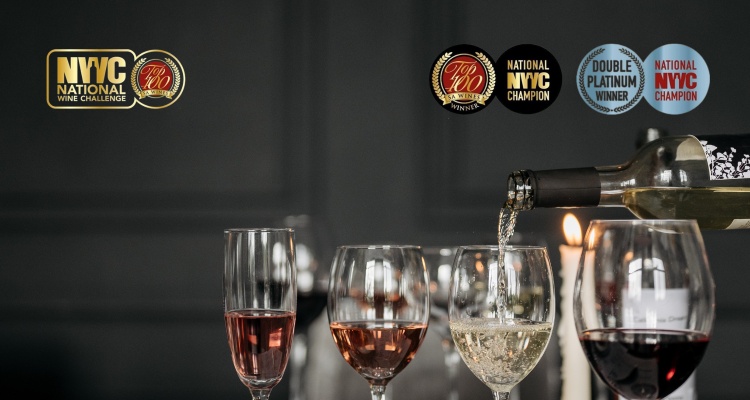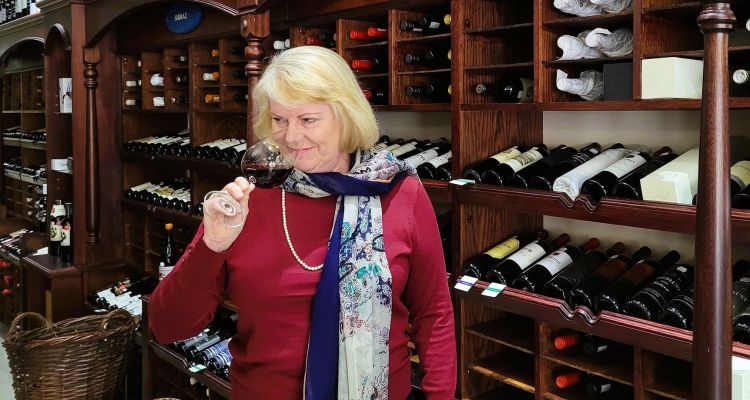In the nuanced world of winemaking, few debates stir as much passion as the one between spontaneous fermentation and inoculated fermentation. At first glance, it may seem like a purely technical discussion, but dig deeper, and you’ll find parallels to a romantic quandary—choosing between the thrill of spontaneity and the security of dependability. As the industry continues to evolve, so too does our understanding of these vital yeasts, leaving winemakers—and wine lovers—torn between these two approaches.
Spontaneous fermentation is the wild, unpredictable romance of the winemaking world. Like meeting someone new who is full of surprises, this method relies on the natural yeasts present on the grapes and in the winery. There’s no controlled addition of yeast; instead, nature is allowed to take its course, with all the risks and rewards that come with it.
“Spontaneous fermentation can give you a better product, but it’s a higher risk situation,” says Neil Jolly, Senior Microbiologist at South Africa’s Infruitec-Nietvoorbij Research Station. The process starts with non-Saccharomyces yeasts, which bring unique flavours and characteristics to the wine, contributing to a complex and layered profile that can be elusive in more controlled environments.
However, just as with a passionate but unpredictable relationship, things can go awry. “You have a risk with spontaneous fermentation,” Jolly cautions. “You might encounter a stuck fermentation, leading to undesirable off-odours.” In other words, while the potential for creating something extraordinary is high, so too is the possibility of ending up with a bottle of wine that falls short.
Yet, for those winemakers willing to take the plunge, the rewards can be extraordinary. Wines produced through spontaneous fermentation often have a distinct sense of place, reflecting the unique yeast populations of the vineyard and winery. It’s the wine equivalent of a romance that challenges and excites you, one that leaves an indelible mark on your memory.
But what if, instead of risking heartbreak, you’re looking for a partner who offers steady companionship? Enter inoculated fermentation—the winemaking equivalent of a reliable, trusted relationship. This method involves the deliberate addition of a specific, commercially available yeast strain—most often Saccharomyces cerevisiae—into the must. For decades, this has been the bedrock of modern winemaking, offering predictability, consistency, and safety.
“Saccharomyces cerevisiae is the strongest yeast, and you can’t really do a fermentation without it,” Jolly notes. Think of inoculated fermentation as your favourite comfort wine—a trusty bottle you reach for when you know exactly what you want. There’s no drama, no unexpected surprises—just a steady progression toward a finished wine.
Inoculated fermentation provides winemakers with a level of control that is invaluable, especially in commercial settings where consistency is paramount. “Inoculated fermentation obviously is safer. You know your outcome,” Jolly says. This predictability is a comfort, much like the assurance that comes with a reliable relationship where you know exactly what to expect.
However, while inoculated fermentation may deliver flawless wines, some critics argue that it can also lead to a certain sameness. The widespread use of commercial yeast strains has raised concerns about the homogenization of wine, where too many wines begin to taste too similar. This is akin to a relationship that, while stable, might lack the spark that makes it truly memorable.
Perhaps, as in many aspects of life, the best solution lies not in choosing one approach over the other but in finding a balance. What if you could combine the excitement of spontaneous fermentation with the security of inoculated yeast? This middle ground is being explored through the use of non-Saccharomyces yeasts in tandem with Saccharomyces cerevisiae.
Jolly is particularly enthusiastic about the potential of these non-Saccharomyces yeasts. “They can convert precursors in the grape juice into volatile aromatics, influencing the flavour and aroma of the wine,” he explains. These yeasts can add layers of complexity to a wine, offering flavours and textures that go beyond what Saccharomyces cerevisiae alone can achieve.
One example is Taurulaspora delbrueckii, a non-Saccharomyces yeast known for its ability to lower acetic acid and ethanol levels while increasing glycerol and aromatic esters. It’s the winemaking equivalent of a partner who brings just the right amount of unpredictability to keep things interesting while still being dependable enough to see things through.
Yet, these non-Saccharomyces yeasts are not without their challenges. They are often less ethanol-tolerant and more expensive to produce, making them the more high-maintenance option. However, Jolly points out that the South African winemaking community is particularly innovative, always eager to explore new methods that could enhance wine quality.
Another intriguing yeast, Metschnikowia pulcherrima, acts as a natural barrier against microbial spoilage. It can occupy the ecological niche that might otherwise be filled by undesirable microbes, effectively protecting the wine from spoilage. It’s akin to a partner who keeps negative influences at bay, allowing the relationship—and the wine—to flourish.
So, where does this leave us? Should winemakers embrace the thrill of spontaneous fermentation or stick with the safety of inoculated yeast? The answer, much like in personal relationships, depends on what you’re looking for.
For those winemakers who thrive on excitement and are willing to take risks, spontaneous fermentation offers the potential to create something truly unique. It’s the wine world’s version of falling head over heels for someone who might just be “the one,” even if it means risking a few heartbreaks along the way.
On the other hand, for those who value consistency, reliability, and control, inoculated fermentation provides the peace of mind that comes with knowing exactly what you’re getting into. It’s the dependable relationship that, while perhaps not as thrilling, will never let you down.
And for those who want a little of both—the excitement of spontaneity and the security of reliability—the use of non-Saccharomyces yeasts alongside Saccharomyces cerevisiae offers a promising middle ground. It’s the wine world’s answer to a balanced relationship, where you get the best of both worlds.
In the end, whether you crave the thrill of a wild romance or the comfort of a steady partner, there’s a yeast out there to make your winemaking dreams come true. So why not raise a glass to love, in all its forms—because, in the end, it’s all about finding the perfect match. Cheers!
Read more on yeast and oenology in our November issue here.













